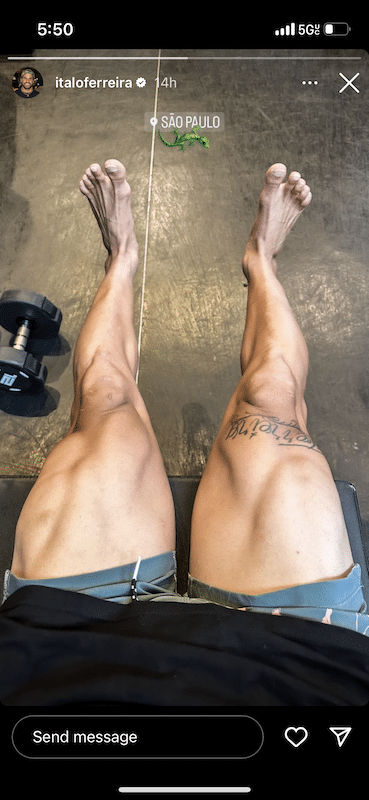"It was one of the biggest bangs in surfing there ever was!"
Can you believe it’s been two years since the legendary Hawaiian shaper Ben Aipa, a man so fierce-looking Gerry Lopez described him thus, “When you see Ben coming, don’t think, just get out of the way” died of multiple illnesses?
Ben, who was seventy-eight, had heart issues, diabetes, dementia and had been hit by myriad strokes.
But what he left behind, apart from two fine sons, Duke and Akila, two arch-craftsman whose own boards are prized by shredders as well as collectors, was a design legacy that sits there in the pantheon alongside Simon Anderson’s thruster.
Y’see, in 1971 Ben invented the swallow tail, or at least refined the early work of Tom Blake and Bob Simmons, his team riders Larry Bertlemann and Michael Ho riding ‘em to such acclaim in a mainland contest by day two of the event the other competitors were cutting swallows into their boards and duck-taping up their mutilated crafts.
That’s design breakthrough one, but not what we came here for. ‘Cause, landing in stores around about now, is a design collab between Duke Aipa and Matt Biolos, Aipa-powered Losts.
Let’s dive back into the story of the Sting, yes?
A couple of years after the swallow, in 1974, Ben was at a boat race in Hawaii and watched fascinated as a speed boat with a hydroplane hull gave hell to the other boats. Instead of slowing to turn, it would accelerate through the turn, keeping its momentum. Ben was so inspired he spoke to the drivers, learned about its wing and headed straight to the shaping bay.
“My Dad’s process,” says his son Duke, who is forty eight, “is he would finish a blank top and bottom before cutting the outline, rough shape the top, finish shape the bottom. This day he etched in the arc of the wing a third of the way up on one of these almost finished blanks, like a hydro-plane speed boat. He got it under Larry Bertlemann’s feet at Lighthouse in Diamond Head, walked up the hill to get a vantage point to watch and saw that the cut-out allowed the board to react faster. In single fins, the reaction is limited but the wing did the same thing for the surfboard as the hydro-plane boat, it released and pivoted faster.”
Ben was spellbound.
“Larry’s stinging the wave,” he said to himself.
And, so, the Sting, which was later bastardised to stinger by third-parties copying the design, was born.
In the winter of 74/75, Mark Liddell and Buttons Kaluhiokalani were photographed by Warren Bolster standing on the rocks at Kaisers, both holding Aipa stings, Buttons’ sled emblazoned with flames.
By the time the shot made it on the cover of Surfer it was 1976 and the design exploded.
Who didn’t want a board with flames and an Aipa sting?
The sting got toned down as boards shifted to two and three fins, the massive cut-out turned into a little wing near the tail, but the wing lived on.
And, now, “my goal is to see the Sting become a secret weapon on the CT as the ultimate homage to my father,” says Duke.
In 2020, when I heard that Ben was sick, I’d called his other son Akila who grew up with a front-row seat to the North Shore, with his famous, and famously loved Dad. A rare soul connected to surfing’s cultural continuum.
“Yeah, man, well, everyone knows him for his Sting but his greatest contribution was how long he shaped for, how consistent he was, the attention to craftsmanship… there was a level of integrity in his boards for sixty years,” said Akila. “For my brother and I there’s a sense of pride in how we build boards. We carry on the tradition.”
Duke feels it.
“The thing I’m most excited about is it gives us the opportunity to include some surf history into a mainstream popular brand. It ushered in a whole era, a whole movement, it allowed Mark Richards, Mark Liddell, Buttons, Dane Kealoha and Larry Bertlemann to push surfing to another level. It was one of the biggest bangs in performance surfing there ever was. When the Sting came, that’s when guys were going crash, bang, getting experimental, doing carving 360s. Carving 360s! In 1974! On a single fin! I want young people to understand part of their history, because, for surfing, our culture is everything. We’re at a point in surfing where it could potentially get watered down very fast. Wavepools, surfing in the Olympics, all good things, but there’s also a possibility to lose some culture. It’s more than a cool design collaboration. We’re re-making history! It’s going to go viral one more time!”








